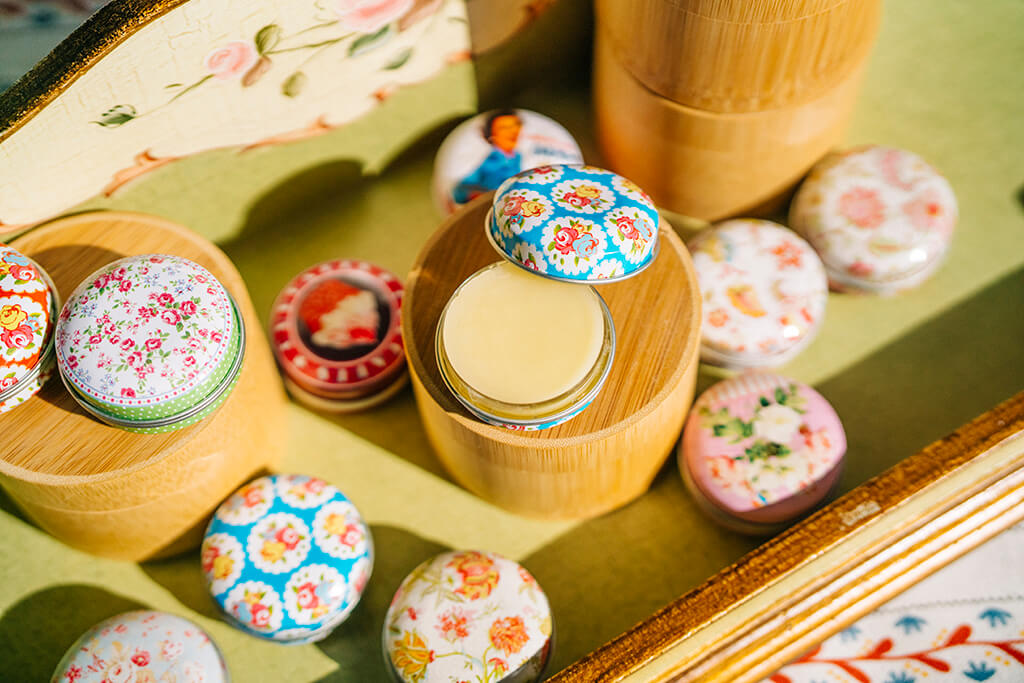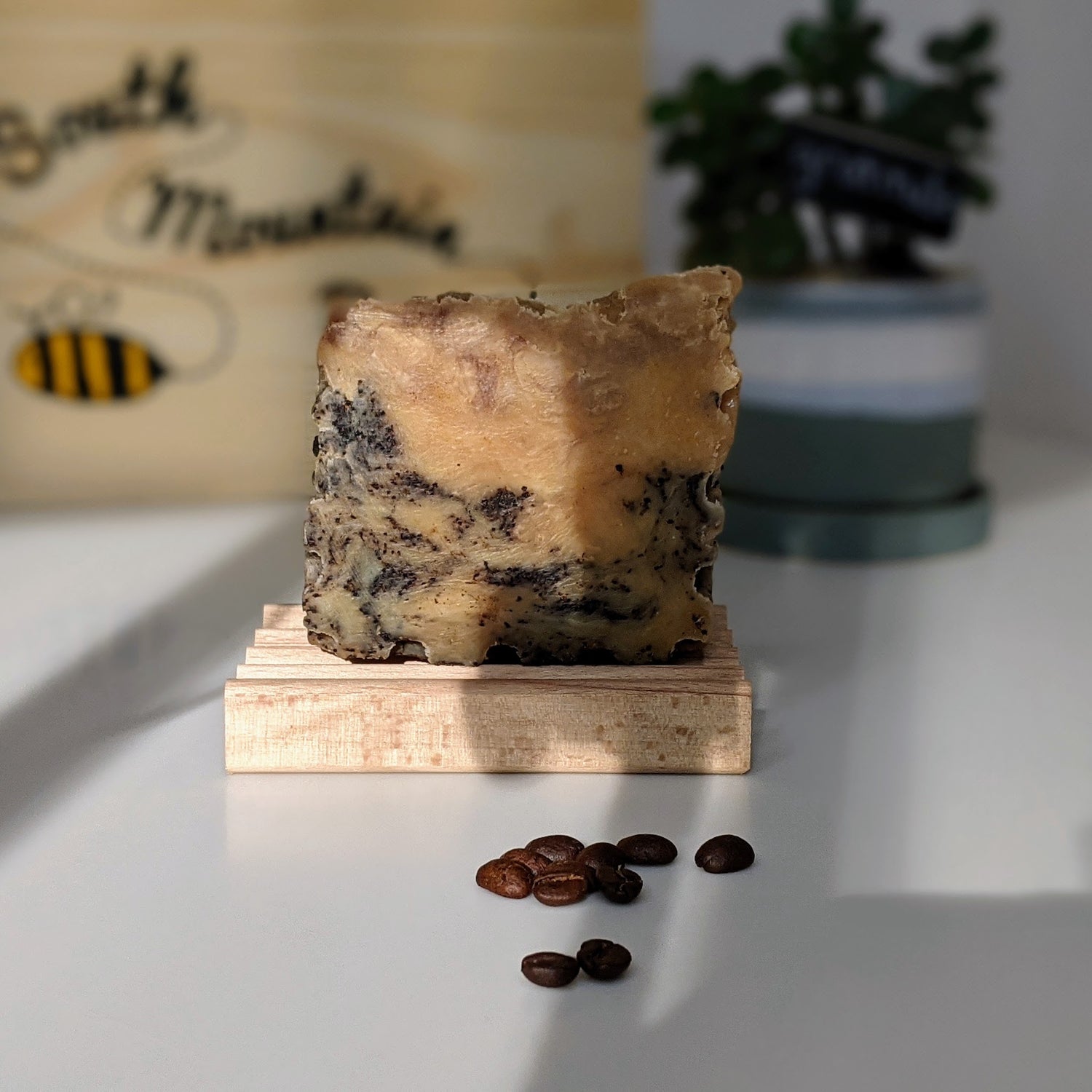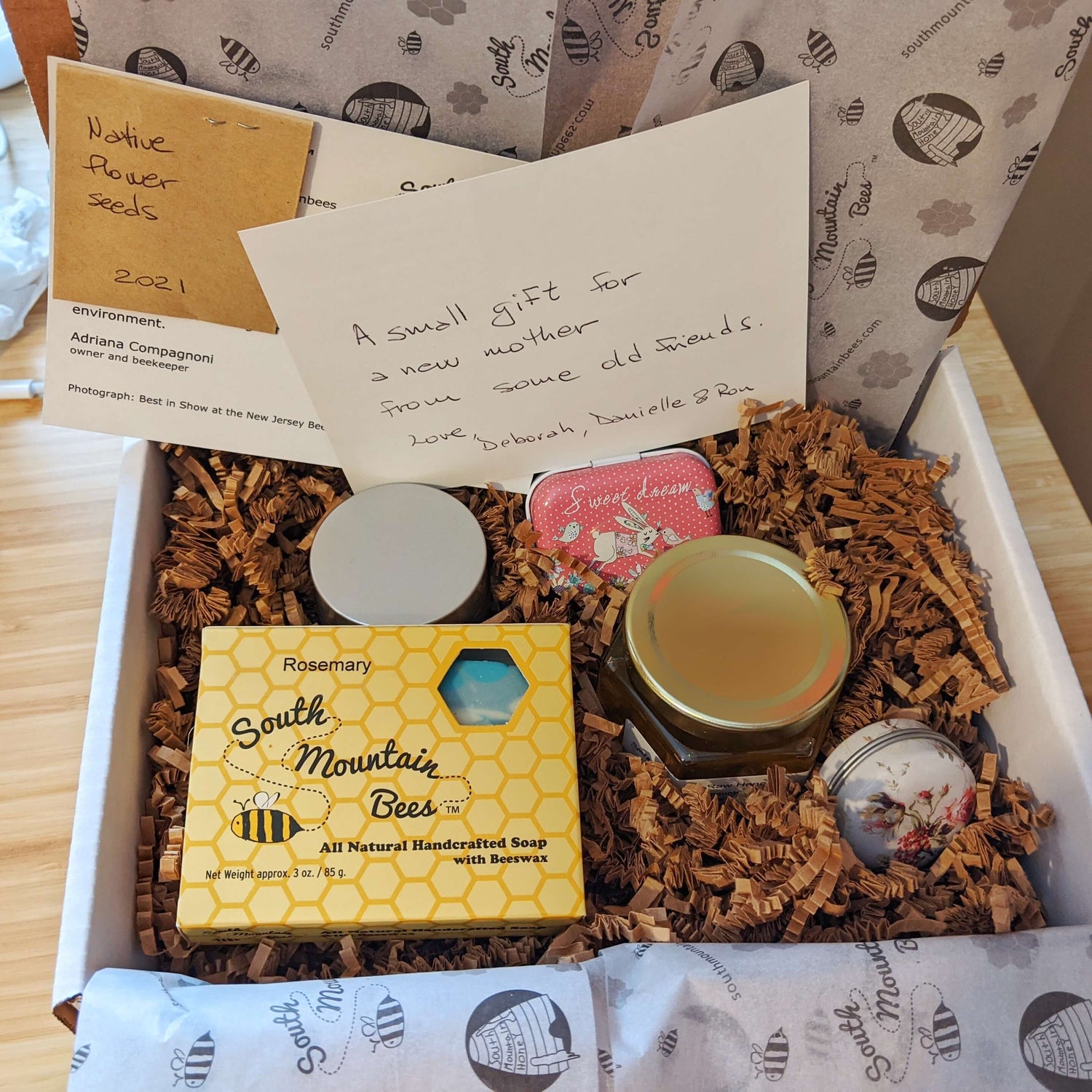
Hi! This is Adriana, the beekeeper from South Mountain Bees.
Today is Earth Day, but not just any earth day, it is the 50th anniversary and we are in a pandemic. The irony of COVID19 is that we get a glimpse of what the skies could look like, if we had clean energy. I bet the honey crop will taste so much better this season.
Earth Day is a great day to talk about bees. Bees are such an important part of our ecosystem providing pollination to produce food for us humans as well as wildlife.
Bees are such complex creatures. They live in organized colonies of individuals, and they make decisions that for us are hard to understand. Luckily entomologists (biologists who study insects) help us answer many of those questions.
Today I want to talk about one such question: how do bees make a new queen.
In an earlier blog post, I mentioned that in order to be able to swarm, the colony needed two queens, one to leave with the swarm, and one to stay back in the hive.
So how do bees make a queen?
A well balanced colony will have bees of all ages, as well as brood of all ages from egg to larva to pupa. The eggs come in two flavors: male for drones and female for worker bees. We'll talk about how the queen decides to lay male or female offspring in another post. Yes, she can decide!
Back to eggs. When the bees need to make a new queen, they choose young female eggs up to 3 or 4 days old, and build them a special cell called a queen cell. It looks like a peanut shell. You can see it in the picture. Then the nurse bees (yes, there are nurse bees...) feed the throne heir with royal jelly, and in 16 days a virgin queen will emerge.
Wait, but the female eggs were for worker bees... Right, how come a female egg can become a queen just because she was placed in a special cell?
The difference is in the food. All eggs are fed royal jelly for the first 3 days. You can in fact see in a healthy brood frame, young eggs covered in creamy royal jelly. Then comes the difference. After day 3 all worker bees are switched from royal jelly to a honey diet. The royal jelly is what allows the reproductive organs of the egg now larva in the queen cell to develop into a queen.
Like everything in nature, raising a queen needs a safety net. What if that particular egg had a problem? In order to make sure there is a successor queen, the bees make many queen cells, they can make up to 20 queen cells depending on the circumstances. The queen that emerges first will tour around the hive and kill all the queens that haven't hatched yet, and if more than one queen emerges simultaneously, they will fight until there is only one left.
I hope you enjoyed learning about the bees.
Before I leave, remember that we at South Mountain Bees are committed to supporting the homeless in our community by donating one soap to the Elizabeth Coalition to House the Homeless for each soap we sell.
Be safe, stay at home.




